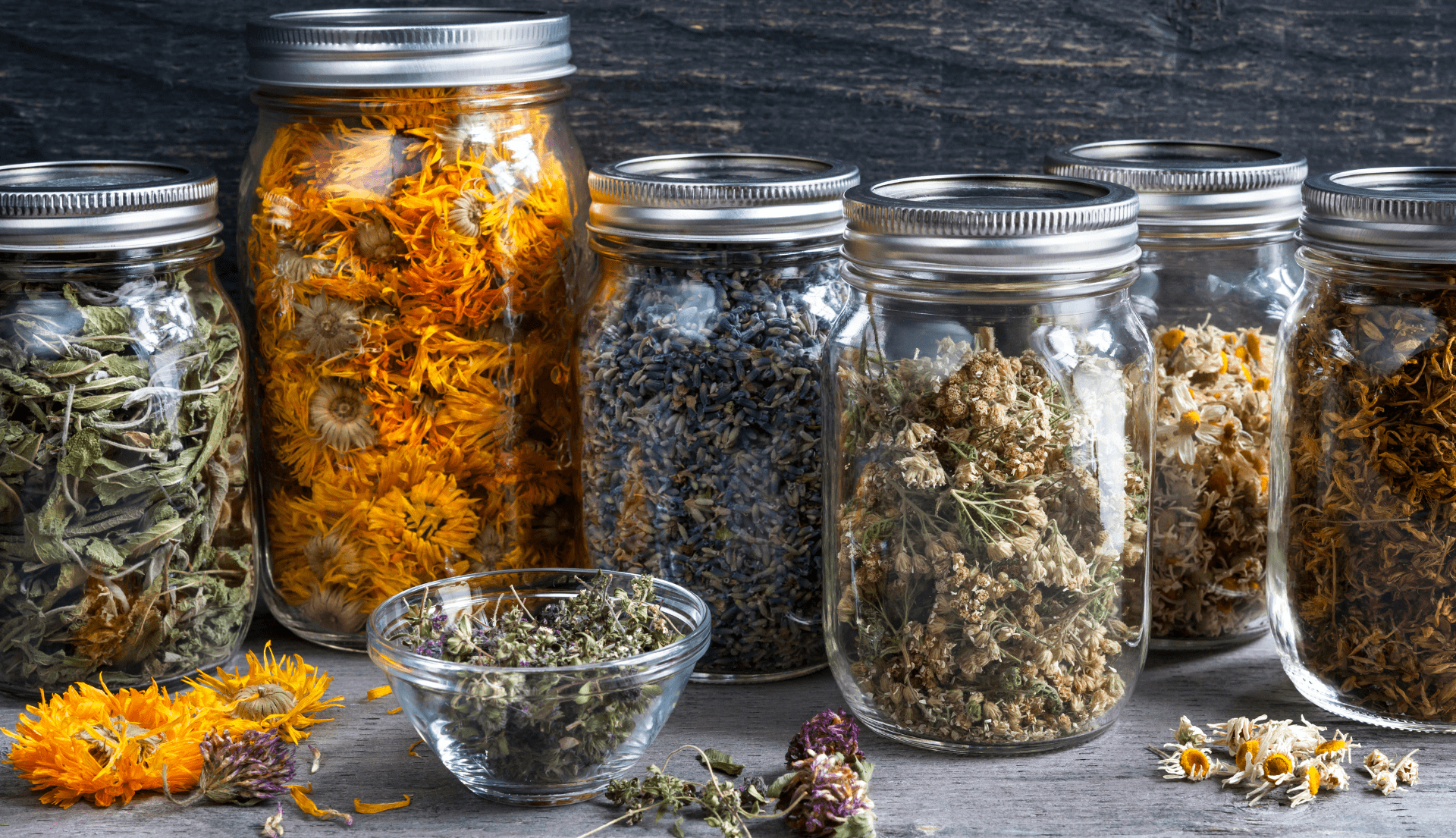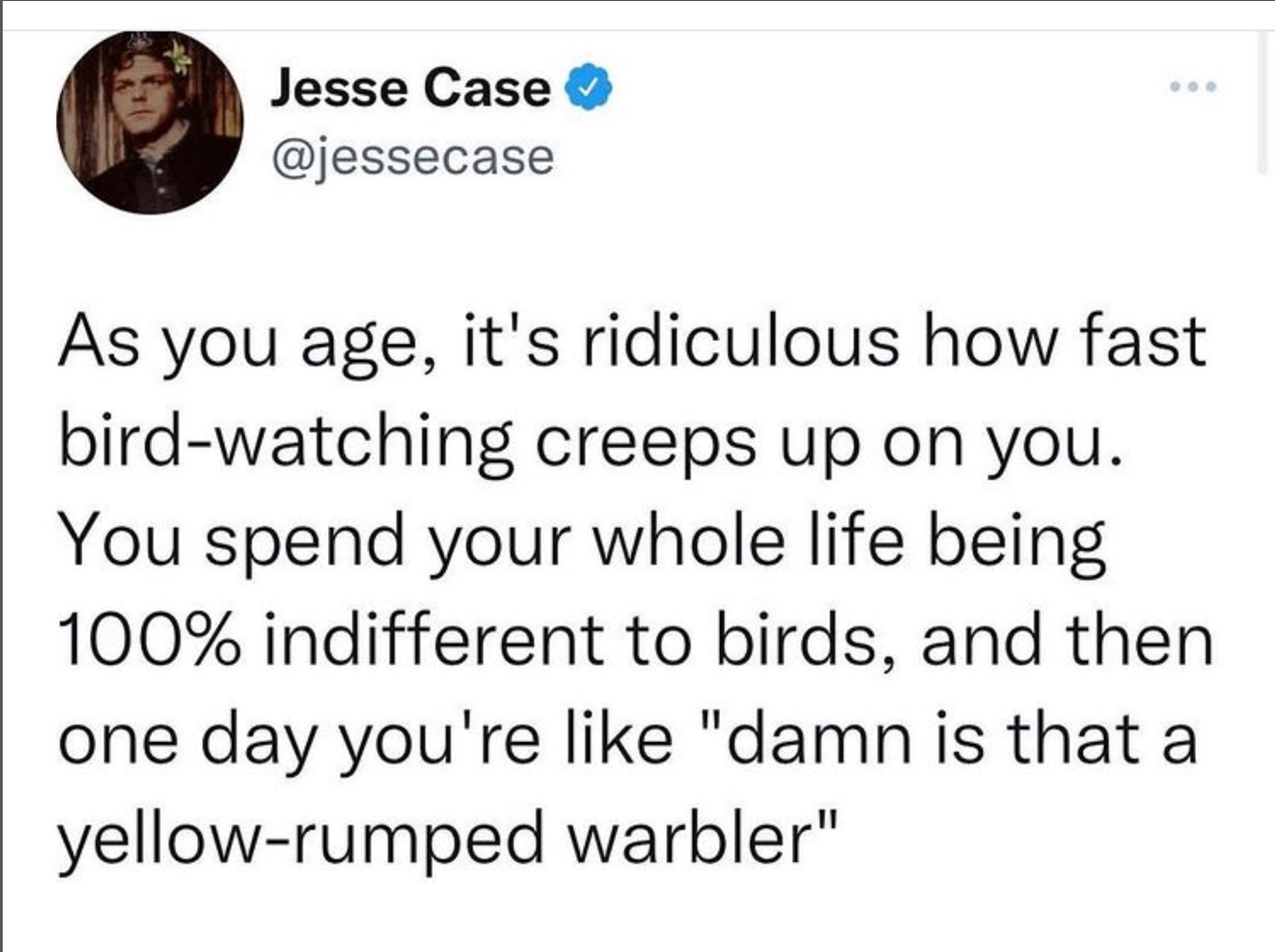Exploring Your Backyard's Ecosystem
I’ve heard it is common in your 30s to take up a nerdy vocation, bird watching, opens a new window, for example. I do love to try to identify any birds that I see, but instead of becoming an amateur ornithologist in my burgeoning middle age, I have taken up gardening and plant identification. Now that I can tell some plants apart, I can’t stop reverse Google Image searching!
As a result, I know that some of the plants in my backyard that I previously considered “weeds” are actually native to my area and beneficial to wildlife. Some of these are the plants that support the Save the Bees campaigns that you may have heard about. Some of them, like the dandelion and wild violet, are even edible!
Finding edible plants, AKA free food, growing in your neighborhood or backyard is known as foraging. Have you ever thought of harvesting plants from wild places? Maybe picking plants naturally growing around your house sounds like witchcraft, opens a new window to you. But if you have cottagecore dreams of a kitchen filled with jars and herbs, this is the blog for you!
Reconnecting with Where Food Comes From
Recently, the internet lost its mind over the fact that an influencer didn’t realize she could pick and eat fruit off a tree in her backyard. After some of the jeers died down, it started a conversation about how disconnected we’ve become from food production and our ecosystem.

Some of the positive things about foraging, besides that it’s free, is that it helps reduce your carbon footprint by circumventing the production, packaging, and supply chains of traditional food buying methods. Buying food locally, considering how that foo, opens a new windowd was produ, opens a new windowced, harvested, and, opens a new window transported,, opens a new window is a less radical option than foraging, but is still a great way to live more sustainably. It's a complicated topic, but it can be better for the environment, and buying food from vendors at local farmer's markets who farm organically and use ethical practices, or taking part in a farm share, provides delicious vegetables and supports your local economy.
Foraging Insta, TikTok & YouTube and Reviving Old Ways
Alexis Nikole Nelson, better known as @blackforager, opens a new window on Instagram and @alexisnikole, opens a new window on Tiktok, is an amazing resource for learning about foraging. If you are social media resistant, like me, her videos are also on YouTube, opens a new window! One of the subjects she discusses is how black and indigenous communities in the United States used to be experts at gathering food from nature and foraging to supplement their diets until post-slavery property laws restricted their ability to do so safely. It also became unpopular because people decided that it made you seem poor or low-status.
Foraging very much got looked down upon because the thinking was, why would you be heading down to the creek to gather pawpaws when you can go to the grocery store and get a banana? - Alexis Nikole Nelson, opens a new window
Nelson is one of the many foragers who have sprung up on social media platforms in recent years to educate people about the wealth of edible treats that you can find in your own neighborhood and backyard if you just know how to look.
With the Revival of Foraging Comes Risks
But everything in moderation! People in foraging circles know that certain wild growing mushrooms and plants are showing up on the menus of upscale and trendy restaurants. Slow-growing but popular plants, like ramps, are often overharvested, and it is depleting their numbers in the wild. It is important to forage responsibly to ensure the continued health of natural resources and to be sure that there is enough for everyone! This matters the most for plants that are native to your area because they are a food source that we share with local wildlife. When it comes to plants that are invasive, or non-native, pick and eat as much of it as you want! Some of these plants like knotweed and burdock will overwhelm natural habitats and prevent beneficial native plants from growing. So eat ‘em up!
Use Common Sense and Caution
We want to avoid an Into the Wild, opens a new window situation, so here are some very important rules for starting your foraging journey. You must be very careful when identifying edible plants and mushrooms
- Never eat anything that you are not 100% sure what it is.
- Never eat anything if you are unsure it came from a clean environment.
If we’ve piqued your interest, you’re in luck! We have a lot of really great foraging books available!





Add a comment to: Foraging: Add Some Wildness to Your Diet!